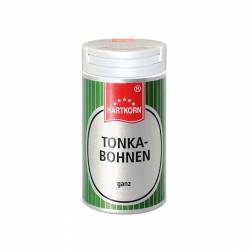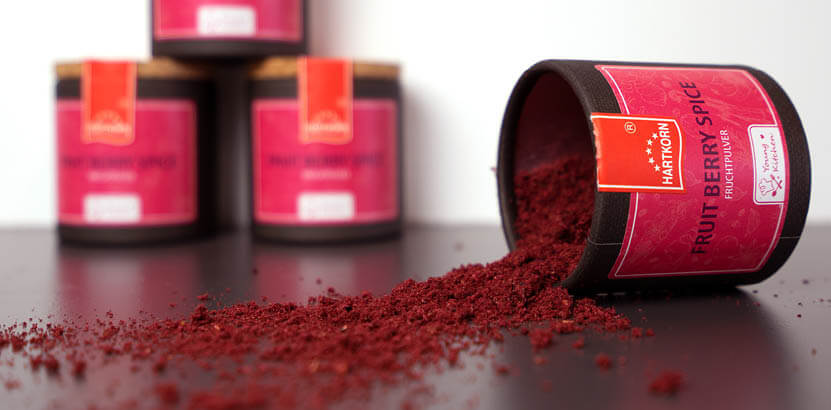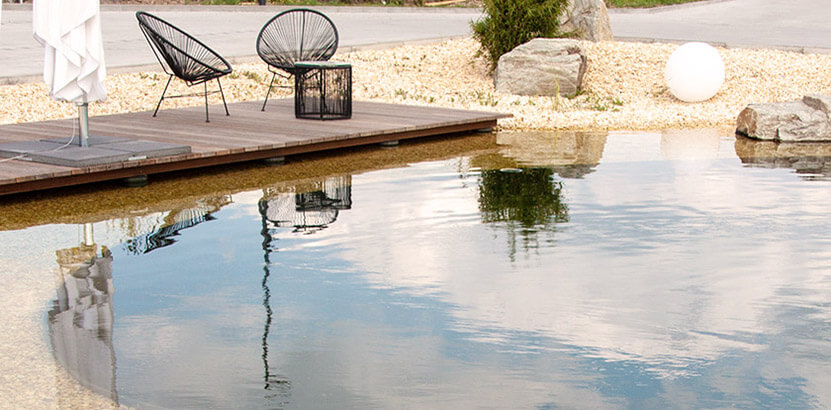In view of the very difficult market situation and in particular the related recent environmental disaster in the main growing region of Madagascar, we would like to inform you again in detail about the availability of the vanilla bean. Because when trading in natural products, we face the daily challenge of delivering a good product, in an appropriate quantity, at good prices. This challenge has been becoming increasingly difficult for vanilla beans for 2 to 3 years now.
Vanilla comes mainly from the island of Madagascar and the other surrounding islands e.g. Reunion, Comoros etc. Vanilla that comes from this region can also be called Bourbon Vanilla – the name goes back to the name of the island of Reunion at the time. At that time it was called “Bourbon”! Vanilla is also grown in a similar latitude in other regions, e.g. in the Caribbean, Africa and also in Indonesia. However, this vanilla may no longer be called “Bourbon” vanilla.
In recent years, global demand has risen continuously, which, with an approximately constant or declining harvest, has led to a significant shortage on the world market and thus to rising prices. In addition, the farmers in Madagascar, who usually cultivate their “piece” of land in the form of farmer cooperatives and of course want to get the most out of it, have greatly harvested the vanilla plants in recent years, which has resulted in lower crop yields. This means that the vanilla has often been harvested too early in the past few years to make it “money” quickly, with the result of inadequate quality (too high residual moisture, too little ripeness) and overuse of the vanilla plants. This has subsequently exacerbated the shortage and led to further rising prices.
After all, natural disasters in recent years have dramatically damaged the plantations in Madagascar. One of the worst droughts in decades was the El Nino weather phenomenon in 2016. The cyclone “Enawo” in March of this year, which had serious consequences, was even more dramatic, as it swept away entire vanilla plantations in Madagascar. For the population of Madagascar, in addition to many dead and affected, catastrophic economic development. This has recently drastically increased or restricted the vanilla price and availability.
Another important factor in the spice sector in general and in this case also in the vanilla procurement are the drastic currency fluctuations on the world market. Vanilla, like most other spices, are only traded in dollars. I.e. In recent years, the vanilla price has only increased by around 40% because of the weak euro.
For us as a national spice supplier, who supplies the food retailing nationwide with spices and of course also vanilla is not about getting a good vanilla price in the purchase, but simply about being able to procure good quality vanilla and offer it to our customers and end users. The market is really sold out. The whole thing is now exacerbated by raw material speculators who use this situation and also want to earn money here.
As a result, the total price of vanilla in purchasing has increased many times over! For the end consumer, this means that the prices for the black vanilla beans, if they are available at all, have risen drastically and are currently being offered in the supermarket for around 4 to 7 euros each – and the trend is rising! About 2 years ago, the retail price was between 1.5 and 3 euros. The same applies, of course, to the local ice cream parlors, which can no longer offer the popular vanilla ice cream at the usual price structure for as long as real vanilla or real vanilla powder is used and does not switch to the much cheaper flavoring vanillin.








